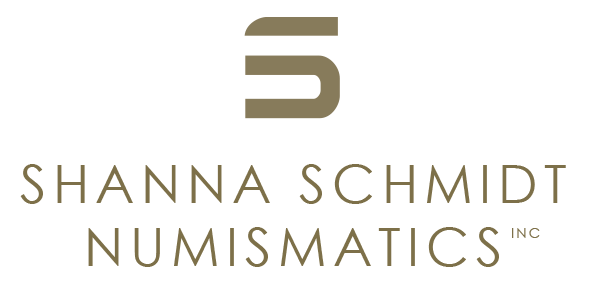Islands off Caria, Rhodos. Rhodes, c. 408/7-405/4 BC
Islands off Caria, Rhodos. Rhodes, c. 408/7-405/4 BC
AR Tetradrachm, 15.29g (23mm, 1h).
Head of Helios three-quarters to r. / Rose, ΡOΔION above and pecten to lower l.
Pedigree: Ex Harlan J Berk, BBS 202, 26 Oct 2017, lot 93
References: Bérend, SNR 51 (1972), 6. Ashton, Essays in honor of Robert Carson and Kenneth Jenkins, 4
Grade: Incredibly serene and beautiful Helios. Nicely struck with high relief and cabinet toning. Slightly tight flan. Some pitting on the edges. EF
gk2019
Scroll down for more information about this coin.
This type is amongst the earliest coin struck in Rhodes. Ashton argues in his article in Essays Carson-Jenkins, p. 9, that the pecten symbol is the marker which determines the earliest types. Pecten is a scallop shell and is the iconic symbol associated with the goddess Aphrodite and sea and the strong connections that the Greek city state had with water. The famous Colossus of Rhodes which was considered one of the Seven Wonders of the Ancient World, was an immense statue that stood 108 ft. high (in comparison with the Status of Liberty which stands 305 ft. high). While later Rhodian coinage featured Helios with a radiated crown, this shows Helios bare-headed. Early scholarship on the denomination suggested that the coins were based on the Attic weight standard. Later Colin Kraay and Richard Ashton make a good argument that the relationship between Rhodes and Athens had soured by the time these were struck and it was more likely based on the Persian standard (triple sigloi equivalency). Later, Rhodes began to strike more didrachms in contrast to tetradrachms. Regardless this type is prized for its high relief and expressive renditions of Helios.

